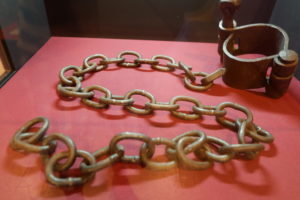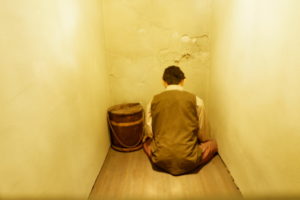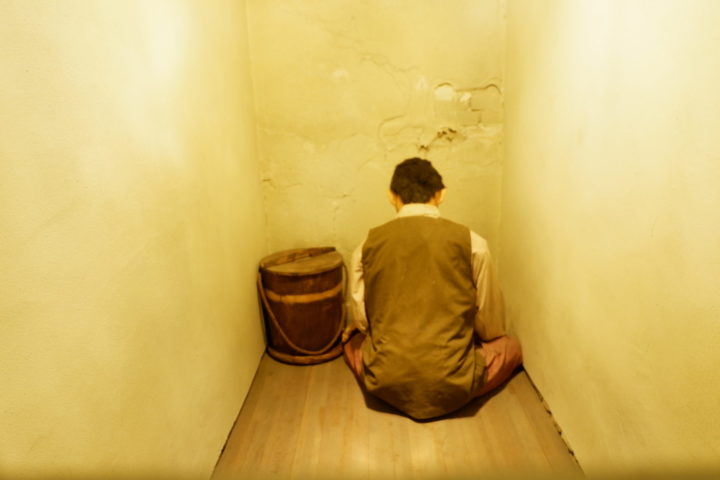By Bereket Alemayehu
There are always emotional uphills to be experienced just visiting historical places like national cemeteries, war memorials and prisons of the past history of any country. I had some emotional feelings while visiting the famous Seodaemun prison museum, built by Japanese colonial period in 1908 in Seoul, South Korea. The prison for about 80 years, 1908-1987, had a very dark history of brutal imprisonment, executions site, very terrifying torture basements with unthinkable human body mutilation tools, and human rights abuses of Korean liberation activists. From 1910-1945 of the Japanese colonial periods was * ‘ … the Japanese took over every aspect of internal administration. … countless Koreans lost their landholdings, lived in constant fear of the Japanese secret police, and seethed with repressed anger and resentment against their alien overlords.’ Even after the Japanese colonial era, the prison served as a place to detain pro-democracy and freedom activists against the dictatorial regimes in Korea.
There was quite a similar history of foreign aggression in my country Ethiopia as well. We had also had some dark history of a failed attempt at colonization. In fact, this occurred twice by Italian forces: the first one being from 1887-1889, which ended by the Italian defeat at the battle of Adwa and the last one, a revenge of invasion by the then-fascist Italian regime from 1936-1941. Ethiopia had been tormented in five years of aggressive, fascist Italy invasion, from which we have still memorial landmarks of several massacres, executions of national patriots, imprisonment and exile of aristocrats and citizens.
In Korea following The Independence Movement Declaration of March 1 1919, a landmark for Korea’s liberation from the colonization, Seodaemun prison normally holding around 500 prisoners, held three thousand imprisoned liberation activists. * Afterwards, the Japanese retaliated with brutality and punishment during which several thousand Koreans perished. Almost 20,000 persons, including some 500 women were arrested. Some 10,000-186,000 women among prosecuted.”
During the fascist invasion in Ethiopia, on one fateful day, 19 February 1937, notable patriots attempted an aggressive attack on the fascist Governor General, Rodolfo Graziani, and then followed a massacre at my hometown in Addis Ababa and the surrounding villages. About 30,000 Ethiopian people were killed and many sent to prisons. The Italian fascist forces-built concentration camps, prisons and execution sites. History recorded that there were Ethiopian war prisoners as far as **Danane prison near Mogadishu city and Asinara island on Mediterranean Sea. One of the notorious prisons in which prisoners were abused was called *** Alem Bekagn Prison, located about 20 minutes walking distance from my home village since 1923.
The AU headquarters was built on the site of the former prison after 2012. It was used during the Italian occupation of Ethiopia and subsequently by dictators to house political prisoners in Addis Ababa. During the failed incident *** ‘…over one thousand people were incarcerated, with many tortured and killed by crushing with ropes’ by Italian forces. I used to go to the AU headquarters for events, business meetings and visits, with these prison stories returning to my mind, as I envision its gates, high built walls and security posts…
As history tells us mostly for ancient nations, like Korea or Ethiopia, the road to national liberation, freedom, democracy, equality, advancement in economy, development, technology and education has never been easy but rather, was very costly in terms of ordinary and notable citizens’ sacrifices, humiliation of national dignity and preserving pride. I would say Seodaemun prison museum stands as a living landmark to remind us that there have been so many sacrifices for Korean liberation.
 |
 |
- * Mary Paik Lee, 1990, Quiet Odyssey , University of Washington Press
- ** Ian Campbell, 2010, Testimony. Interview conducted by Roman Herzog April 19th 2010
- *** https://en.wikipedia.org/wiki/Alem_Bekagn










